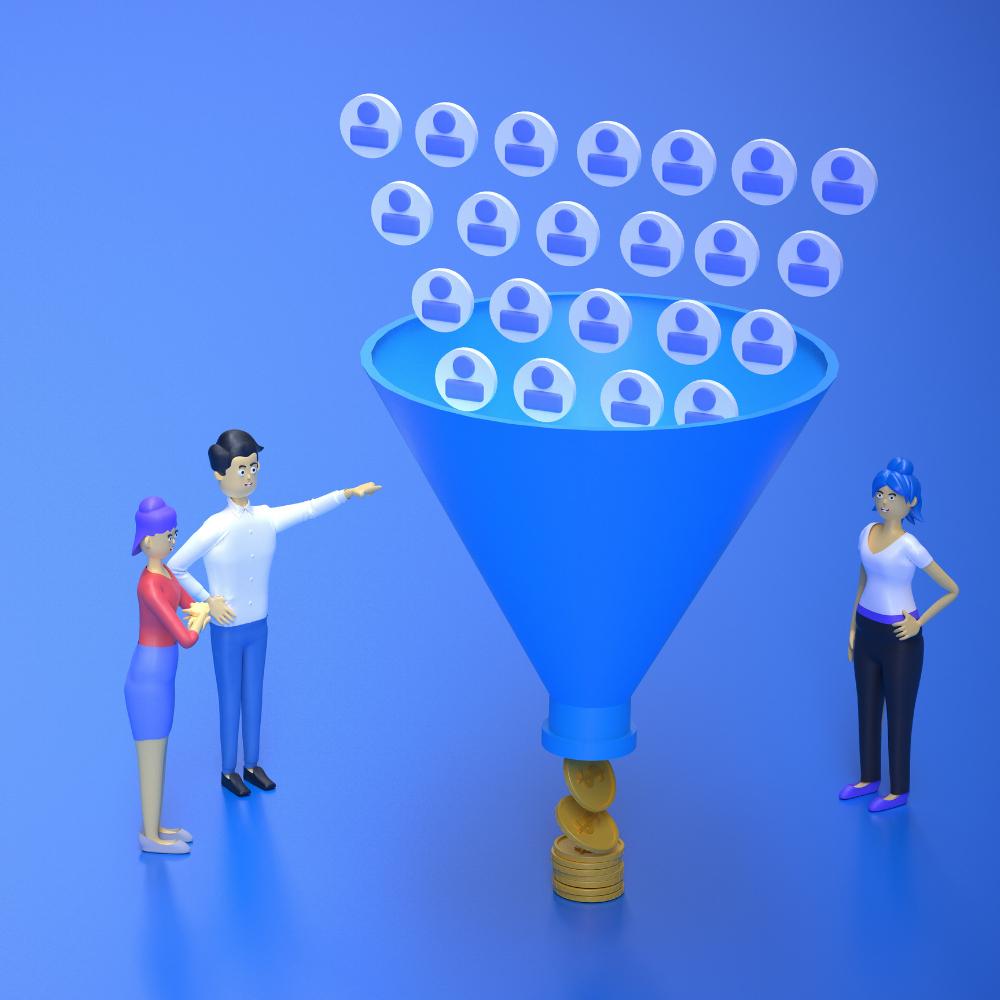How can intelligent content syndication generate M

A company's essential base is demand. Demand is classically viewed as a consumer's willingness or intention to afford a product at a certain time.
This really is, ultimately, an outdated demand definition. This is due to the fact that traditional demand theories do not fit into the digital lead generation system.
Maslow's hierarchy of requirements, which only analyses five fundamental factors of demand — psychological, safety, belonging, esteem, and self-accusation — is something we' have all learned about.
This theory is competent, but it does not address current notions like buyer intent, account-based marketing, and so on. The complexity of today's sales and marketing channels are not captured by this simple idea.
As a result, today's demand isn't dependent on a consumer's desire to purchase. It also relies on the capacity of marketing teams to persuade customers to purchase a product or service. As a result, today's demand is split into two categories: Demand Creation and Demand Generation.
What exactly is demand generation?
Demand generation is a marketing strategy that involves creating market demand for certain goods. The curiosity of consumers is used in demand creation to bring awareness to the company's products or services.
When a company introduces a new product or service to the market, it must first inform consumers about it through different advertising and marketing strategies. They must create demand for the product among those who are not yet prepared to purchase it.
What is demand capture?
The second stage of the pipeline demands capture. The only option remaining is to persuade clients to make a definitive purchase choice once demand has been built. Customers who are ready to buy your products or services are the target of demand capture. All you have to do now is nourish them properly and reach the ultimate shopping decisions.
Demand capture v/s demand generation- Which demand to be targeted most?
A marketing mix is a combination of demand generation and demand acquisition. It is critical for a corporation to tackle both demands in an appropriate proportion in order to grow.
You can only connect out to a given customer group if you concentrate on capturing demand. It's also pointless to maintain promoting the business if businesses don't try to capture the leads they create.
To achieve the best results, it is necessary to work on both demand generation and capture. The ideal marketing funnel starts with creating demand and ends with capturing it.
How to generate demand?
Demand generation refers to the process of promoting consciousness about your products or services. You have no idea who your customers are at this point. Essentially put, you have a service that solves a certain problem. So, building engaging and interactive marketing campaigns to promote your business is the first step in demand development.
Some common ways to generate demand are-
Content marketing
A strong content marketing strategy combines numerous elements such as keywords, readability, and content syndication. As a result, you'll need to create a content marketing strategy that focuses on your primary audience and their problem areas. According to a survey, 90% of shoppers conduct research online before making a purchase. That is to say, if you want to increase demand for your services, you must ensure that they appear top in search results.
Event marketing
Events, whether virtual or in person, may significantly aid in raising awareness and introducing people to your products or services. To create a relationship with the attendees, you might organise online seminars, webinars, lectures, or roundtable discussions.
By revealing the problems and demonstrating how your solution can address them, you may simply generate demand for a new product.
Freemium marketing
To put the metaphor aside, this implies that in order to generate demand, you must first provide a live demo, trial, or edition of your product. Then, when people begin to use your products or services, there will be an inevitable demand for them. In the software sector, this demand generating approach is popular. To generate demand, software businesses frequently provide a free trial or version of their products.
How to capture demand?
It is critical to collect and develop demand once it has been generated. Otherwise, your demand generating efforts will end up as waste.
You can use the following strategies to capture demand:
Intent Data
Using buyer intent data is the most effective technique to collect demand. You can better understand your buyers' willingness to purchase if you've established a customer journey map based on the demand generating process.
Automation in Workflow
Even if you have a big number of potential customers to foster, a manual procedure will not suffice. Your qualified prospects have a good possibility of slipping through the marketing and sales funnels. As a result, you must automate your sales cycle to effectively collect demand. This will free up time for your sales staff, allowing them to focus on other vital tasks.
Improve ROI on Ads
Based on your buyer intent data, you may design customized marketing campaigns. You may get a greater return on your sponsored advertising if you create them to fit your audience's needs, tone, and preferences.
Demand generation v/s demand capture
Both demands, to be truthful, are equally significant. This is due to the fact that they are intertwined. You won't be able to collect leads without demand generation. Similarly, a lack of demand capture might limit your reach and understanding of the buyer's journey.
As a result, you'll need to hire skilled demand generators and producers to help you expand your firm.